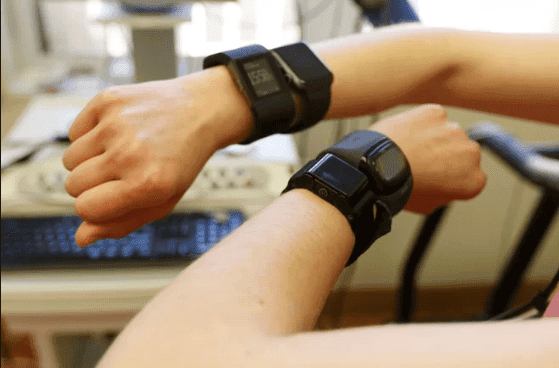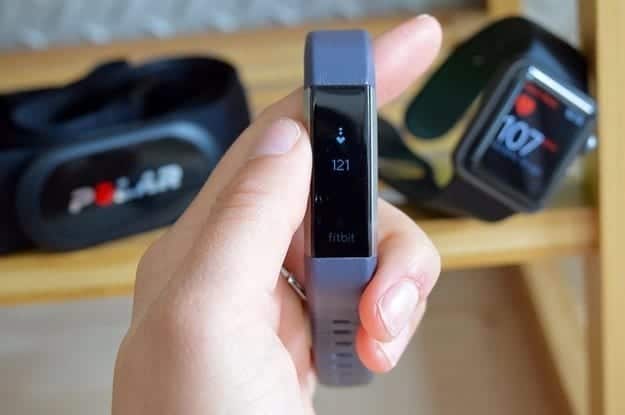The popularity of fitness trackers and heart rate monitors has surged as of late, reaching new levels of obsession and innovation on an almost monthly basis, but could our interests be misplaced and are these inventions as they claim to be?
The twenty-first-century obsession with technology is more often than not a brilliantly useful thing, and you’ll find a million and one examples of why that is true.
You have to look at developments with an open approach though, as marketing campaigns are not necessarily as transparent as many people would like them to be. There’s no need to be wary, but exercising a little caution isn’t a bad idea.
A Popular Choice
Wrist-worn monitors are the most popular choice for consumers, with both casual and competitive athletes finding these to be the most wearable option available, and for a good price as well.
Studies have shown though, that wrist-worn monitors are nowhere near as accurate as chest strap monitors, which brings their accuracy into question almost from the get-go.
This doesn’t mean that wrist-worn models are useless, however, nor is it a reason not to throw yours into the trash, it’s just a warning that for the most detailed and accurate readings and measurements, a chest strap monitor is far superior.
The Best Bet
Whether for health purposes, training regimens or simply out of curiosity, chest strap monitors with an electrode are the best bet.
This might not be a revelation to people who already own and use wrist-worn monitors, as they may well already make allowances for fluctuations and inaccuracies, but it’s worth reminding everyone of just how temperamental they can be so as not to cause alarm when reading a measurement that appears way too high or way to low, especially when that is in contrast to how the user is actually feeling.
How It Works
Wrist-worn models use what are known as optical sensors to track your pulse and give their readings. These sensors detect light rebounding back from changes in blood flow, occurring beneath the skin, in order to measure the pulse.
This is much less effective than chest straps, which measure the heart itself and its electrical activity using carefully positioned electrodes.
Little Research
It’s true that little research has been done in proving the validity of wrist-worn models, and that more has been done in attempting to justify the superiority of the chest-worn version, but one recent study showed up some interesting results.
One Particular Study
Using the Apple Watch, the Fitbit Charge HR, the Mio Fuse, and the Basis Peak, 50 healthy adults tracked themselves using two models at a time. This is just one example of a test that has been carried out and there are many more available to view in greater detail at BMJ Journals.
In this example, they wore one on each wrist and walked on a treadmill at varying speeds. These speeds ranged from 2mph to 6mph and whilst reading the wrist-worn device’s readings, a chest-worn monitor was worn by each recipient as well, to enable correlations and comparisons.
The measurements didn’t match up too well, with some wrist-worn models measuring too high and others measuring too well. In both cases, the theory that wrist-worn monitors are not as accurate as the chest-worn varieties were pretty much quantified.
Downfalls
As the wrist-worn monitors use only reflected light to measure the pulse, by shining light into blood vessels and detecting changes in returning blood flow and volume, this method of measuring heart rate can be problematic.
When people move around a great deal, either through strenuous exercise or as part of their everyday daily routine, ambient light can interfere with the measurements.
This causes issues for the monitor and subsequently issues in reading the unsatisfactory data. Obviously, this affects the suitability and effectiveness of any training regimes or alterations to exercise habits that might be implemented on the back of the data. It just all gets a little too messy.
To Be Continued
If wrist-worn monitors were as accurate as they needed to be, doctors probably wouldn’t need to schedule heart screenings and similar tests, and so perhaps that’s another argument against their effectiveness.
This said though, with the lack of quantifiable data matching up against the advertising campaigns of some of the biggest names in technology, wrist-worn monitors are likely to be marketed and used for a long time yet, or at least until their effectiveness is completely discounted.









